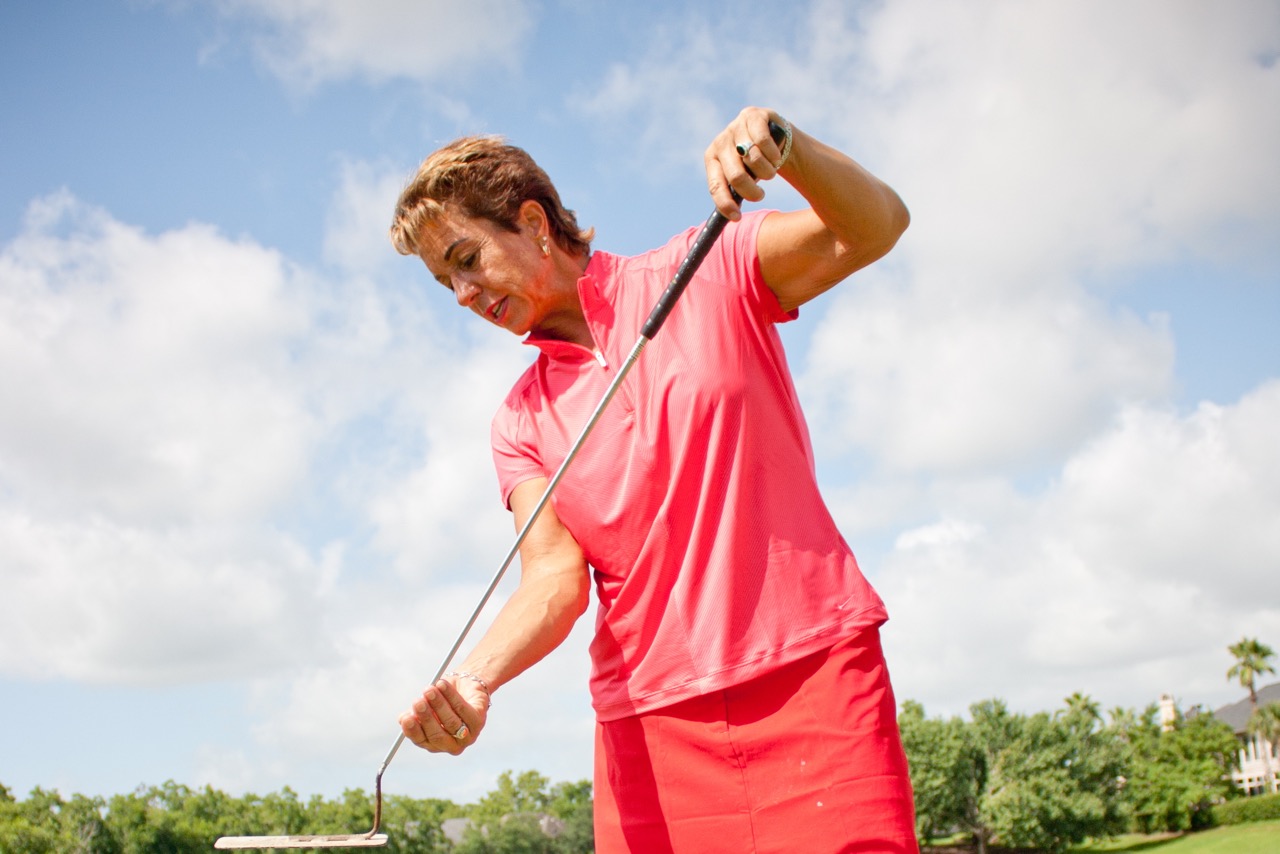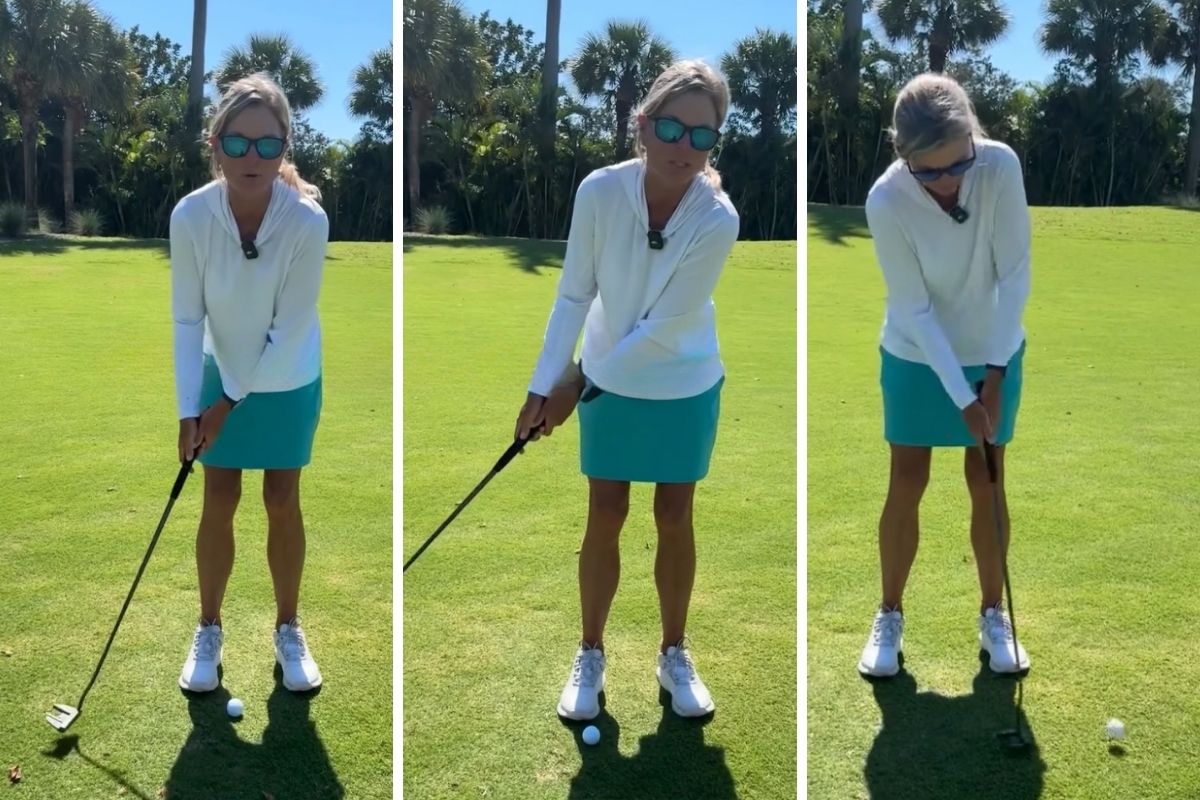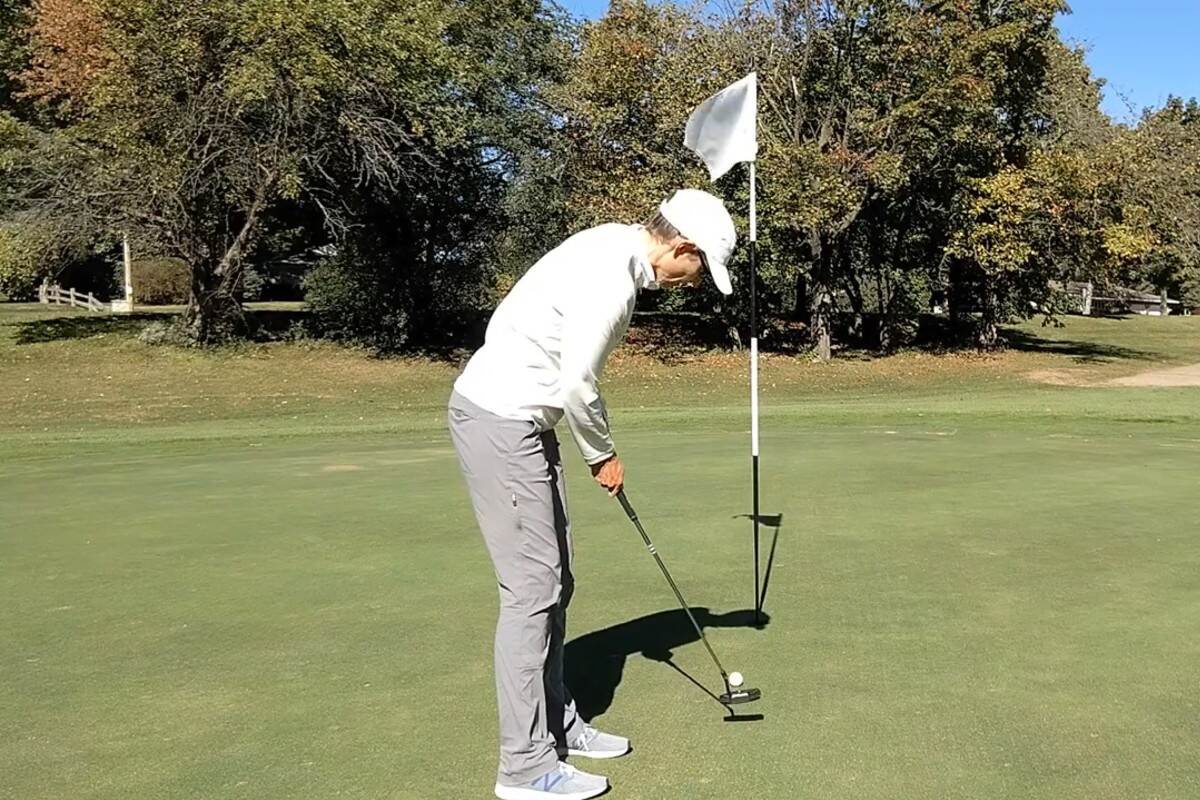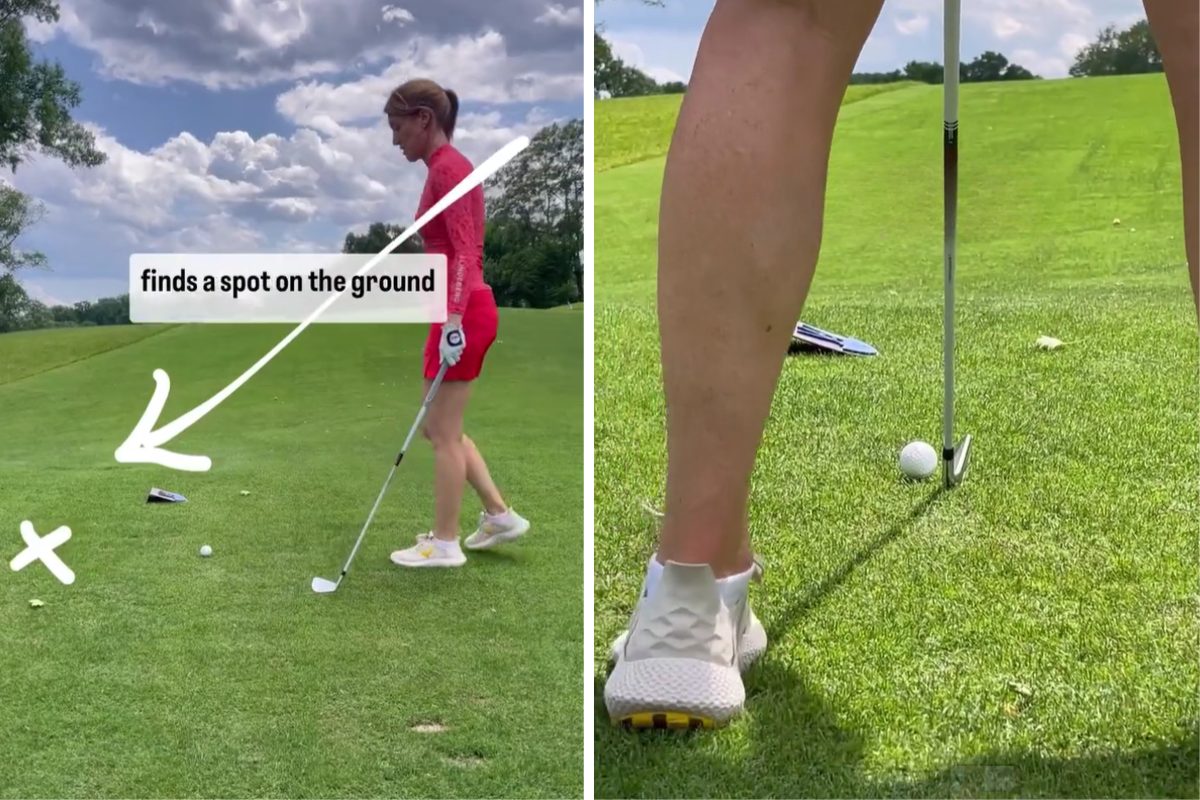Many golfers today play with clubs that are too stiff, too flat, and too little lofted. The result is that many of us are hitting misdirected shots of inadequate distance, often making compensations just to keep the golf ball in the fairway…of the hole being played!
Would you buy shoes without trying them on? Probably not, unless you are sure a specific size always works for you. But that’s a rare situation—every manufacturer uses its own specifications and the results are different lengths, widths, and designs, despite common size designations.
The same thing is true for golf clubs. Unfortunately, there is no “standard” design for any club. Lengths, lies, lofts, and weights vary from manufacturer to manufacturer. That helps keep the industry competitive, but it also makes buying “off the rack” a risky proposal.
“Rack” clubs are built to factory specifications for mass production. If you don’t fit into what any particular manufacturer perceives as “average”, using their clubs will force compensatory moves in your golf swing to offset your equipment.
A properly fit set of clubs (fitted by a qualified PGA or LPGA professional outdoors so that ball flight can be observed) can help you produce more consistency, cure a chronic slice or hook, help you swing in balance, produce superior distance and give you greater control over your swing.
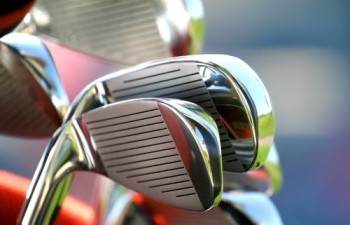 The goal of custom club fitting is to provide you with clubs that reward your best, most balanced swing. All of us are different…what might work wonders for your golfing buddy may be a poor choice based on your movement in your golf swing. Additionally, the club that works for you many times does not relate to physical strength, rather it relates to how well this tool performs with your individual, unique motion, allowing you to get the results you like. Finally, the fitting process often reveals equipment adjustments that can be made to improve your game (shaft change, lie change) without investing in new golf clubs. A fitting session is simply time well spent.
The goal of custom club fitting is to provide you with clubs that reward your best, most balanced swing. All of us are different…what might work wonders for your golfing buddy may be a poor choice based on your movement in your golf swing. Additionally, the club that works for you many times does not relate to physical strength, rather it relates to how well this tool performs with your individual, unique motion, allowing you to get the results you like. Finally, the fitting process often reveals equipment adjustments that can be made to improve your game (shaft change, lie change) without investing in new golf clubs. A fitting session is simply time well spent.
The following club fitting variables directly affect the ball flight laws, therefore affecting ball flight dynamics which affect swing shape. All of these will be evaluated during a fitting session.
The following club fitting variables directly affect the ball flight laws, therefore affecting ball flight dynamics which affect swing shape. All of these will be evaluated during a fitting session.
LIE ANGLE
Lie angle is the angle created between the shaft and the sole of the clubhead. It determines if the clubhead will sole flat at impact. This will have a major effect on the direction of the shot and where the ball will strike on the clubface. If the lie angle is too upright (toe up), the ball will fly to the left. If the lie angle is too flat (toe down), the ball will fly to the right.
SHAFT FLEX
Shaft flex is the measurement of a shaft’s ability to bend. Its purpose is to bring the clubhead squarely facing the target at impact. If a shaft is too flexible, it will cause the clubhead to impact in a closed or open and more lofted position. If a shaft is too stiff, it will cause the clubhead to impact in an open and less lofted position. A shaft which is too flexible will cause the ball to fly too high and too much to the left or right and a student will have to make swing compensations to keep the ball on target and at the desired trajectory. A shaft which is too stiff will cause the ball to fly low and to the right and the student will have to make compensations again.
LOFT
Primarily specified for drivers, clubhead loft is the amount of angle designed into a clubhead to produce the most effective shot trajectory. Too much loft, and the ball flies too high. Too little loft, and the ball flies too low. Both can result in a loss of distance. Shaft flex is important with determining loft…a match is the goal.
SHAFT LENGTH
Shaft length is the measurement from the edge of the grip cap to the heel of the club. Its main influence is on set-up position and posture and swing plane angle. Centered contact on the clubface can be affected by shaft length resulting in both distance and direction problems.
GRIP SIZE
Grip size is the measurement of the diameter of the grip. In most circumstances, it should be determined by the golfer’s glove size. Many feel that grips that are too small could contribute to a hook and grips that are too large for the individual could contribute to a slice due to hand action (or lack thereof) in the swing.
SET MAKE UP
Set make-up refers to the selection of clubs to be included in the set. It should offer the golfer a consistent progression of clubs from distance clubs to accuracy clubs without any “gaps”. It should be based on the student’s playing ability, swing speed, and use patterns.

Certainly, shaft deflection, overall weight, swing weight, iron and wood head styles, and grip types are additional variables that will be checked during a fitting session. The main message to take from all of this fitting information: The person fitting your golf clubs should be a qualified teacher, preferably your teacher! On any given day, anyone can hand you club after club in various lies, lofts, and flexes until you find the one that seems, at least for the moment, to work better than the others. But will it work tomorrow? If I fit you with a club and do not fix your technique it’s just a matter of time before the brain will discover a way to do just the opposite.
Will properly fitted golf clubs make a difference in your game? YES! Correctly fitted clubs should reward your good swings and make it easier to hit good shots. Golfers come in various shapes, sizes, flexibility, strengths, and swings, so how can anyone assume one size fits all?
In 1953, Tommy Armour observed that golfers needed golf equipment with more flex, more upright lies, and more loft. It only took us 40+ years to incorporate his observations. Make this work for you…if new clubs are in your future, spend some money first on education. Go through a fitting session with your LPGA or PGA Teaching Professional. You will be glad you did.
Deb

